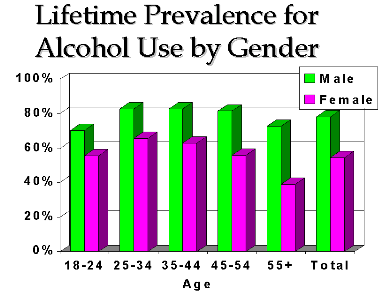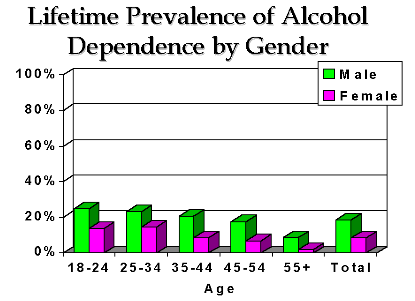
Recent studies have shown that genetic trait contributes to progression from social drinking to alcoholism in about 50% of individuals. Alcoholism is often a familial trait. Differences in sensitivity of various neuronal systems to alcohol among 'predisposed' and 'not predisposed' individual have been demonstrated.
There is no single reason for why people drink. Diverse feelings and behaviors are provoked by alcohol in different individuals and in the same individual on different occasions. Alcohol can make people happy as well as sad, curious as well as mean, talkative as well as silent, friendly as well as hostile. All this cannot be explained on the basis of pharmacological actions alone. Attitudes, beliefs, peer groups, social setting and learned experiences all have a bearing. Alcohol is said to produce good mood, sense of well being, self-confidence, sociability etc. But these in fact are learned behaviors. Drinking is often related to 'celebration' and 'high living'. There is 'wine sobbery' in high social groups.

To some, excess excitement of risk taking. People often boast of their capacity to drink. To the young, drinking many be symbol of rebellion against the oppressive older generation and rejection of the values of the establishment. 'Binge drinking' is a specific behavioral pattern of bouts of excessive drinking. Alcohol is often an excuse for bad behavior. Society's view that intoxicated person is unaware of his actions- makes intoxication an attractive state, because there is increased freedom of what one can say or do after drinking. Thus, there is variety of motivations for drinking.